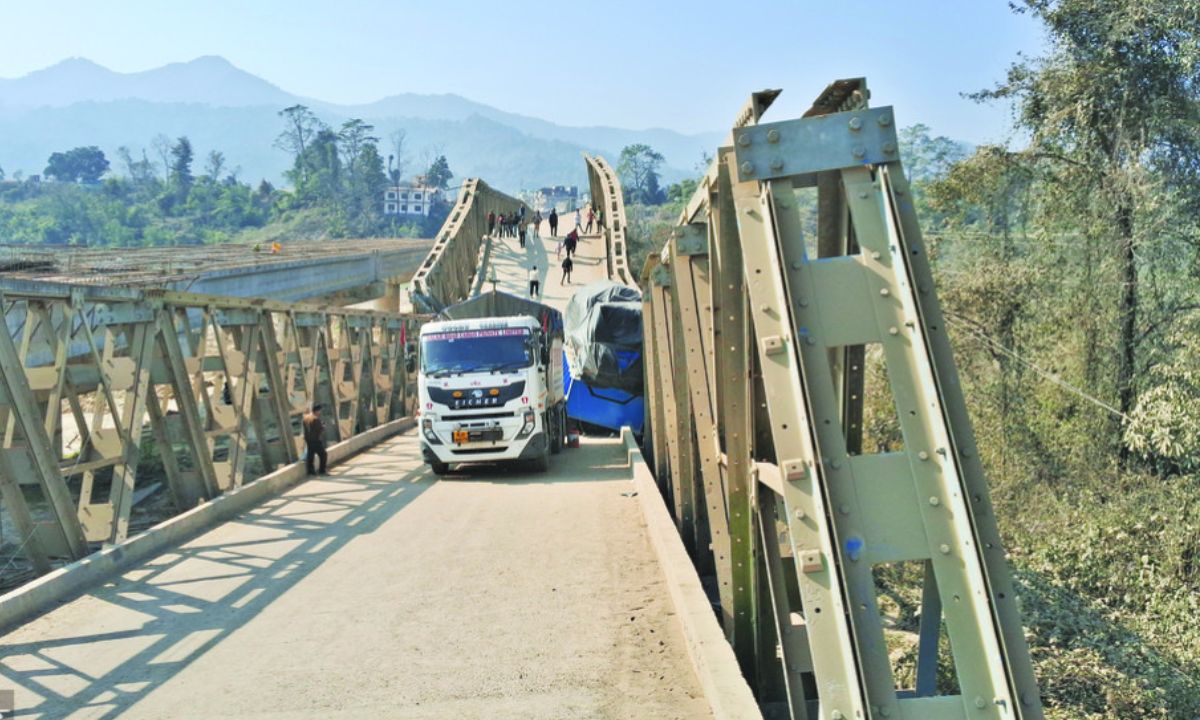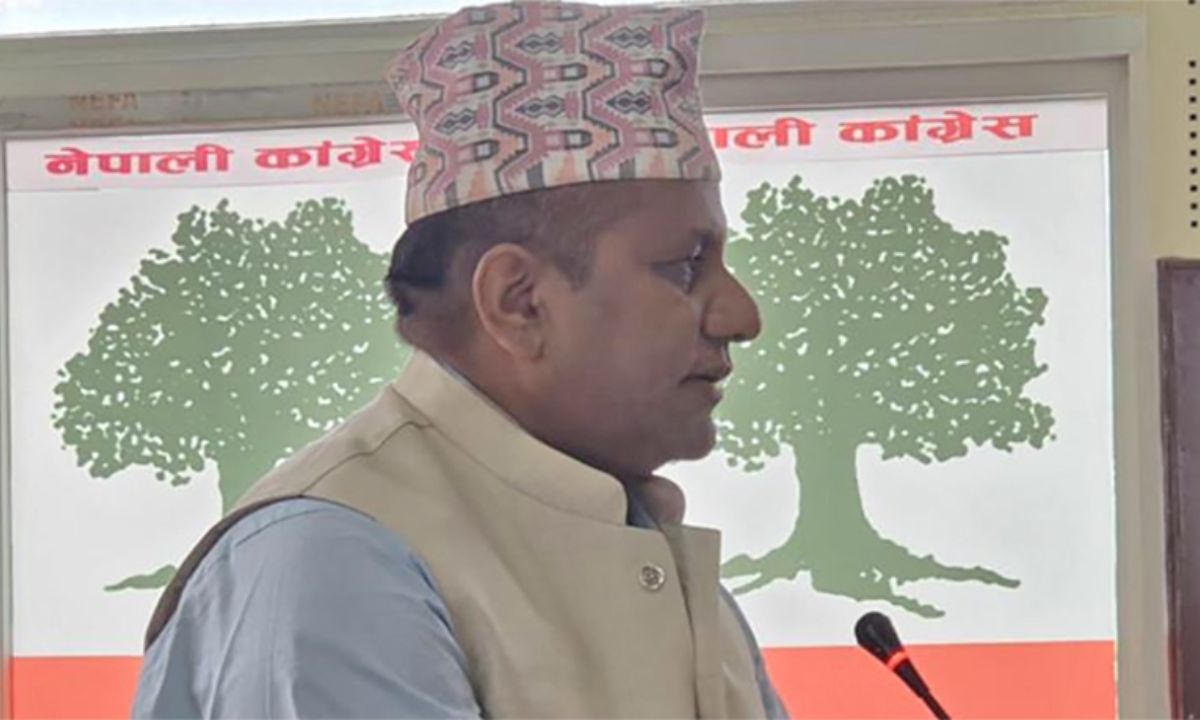Bridges in Nepal are facing serious damage and even collapse because of trucks carrying loads heavier than they are supposed to. This problem is especially common with Indian trucks entering through customs points. Even though weigh stations exist, they are either not used or not functioning.
No strict weight checks at customs points
At many border points, trucks are allowed to pass based on the declared weight in their documents. In reality, no one checks if the truck is actually carrying more than the allowed limit. The weight-checking system is rarely used, and the 2074 BS (2017 AD) government guideline on regulating vehicle loads has not been properly implemented.
Several bridges collapsed recently
The bridge over Binayi River broke in early January due to excessive load. In May, another bridge in Nawalparasi collapsed under a heavy truck. Earlier in 2072 BS, the Jayshree bridge collapsed when two overloaded vehicles tried to cross at the same time. In each of these cases, authorities had to create a temporary diversion for vehicles, which led to long traffic delays and trouble for travelers.
Highways and roads also damaged
It’s not just bridges—roads are getting damaged too. Highways like Narayangadh–Muglin and Pathlaiya–Amlekhgunj are facing pressure. When overloaded trucks use the same side repeatedly, it causes one side of the road to sink. Eventually, roads become uneven and dangerous. Road damage has been reported in areas like Simara, Amlekhgunj, and Rani in Biratnagar.
Some vehicles allowed to skip weigh checks
Some vehicles carrying heavy materials like iron and construction goods are not required to unload their goods at the border. They go directly to industries, avoiding weight checks. Customs officials say they try to weigh vehicles at Integrated Check Posts (ICP), but many trucks skip the process.
Weigh stations are broken or ignored
Several government-run weigh stations are not working. For example, in Chitwan, the weigh station has been closed for two months after an accident damaged it. In Mahottari, the station is also not functional. Even though these stations do not charge fees, they are poorly maintained and rarely monitored.
Guidelines exist but are not enforced
Government rules mention how much load different trucks can carry:
- Two-axle trucks: 16.2 tons
- Three-axle: 25 tons
- Four-axle: 30–31 tons
- Five-axle: 40.2 tons
But many vehicles ignore these limits, and there’s little to no punishment.
Overloading shortens the life of roads
Road engineers explain that roads are designed to last 10 to 20 years. But with too much load, they start to break in just 3 to 5 years. A truck carrying 5 tons more than allowed may not break the road in one trip, but repeated overloading causes serious damage.
Private weigh stations are working, government ones are not
Some private weigh stations in places like Itahari, Butwal, Lamki, and Dhangadhi are operating. But many government stations like Simara and Rapti are not. There is also a shortage of staff to monitor truck loads, and this makes the problem worse.
Poor monitoring and weak enforcement continue
Despite the clear rules, enforcement is weak. Many trucks still manage to avoid weight checks. The Ministry of Transport and the Road Department are aware of the issue, but action has been slow. Unless the rules are followed and weigh stations are fixed, roads and bridges will keep breaking, costing the country millions in repairs.







